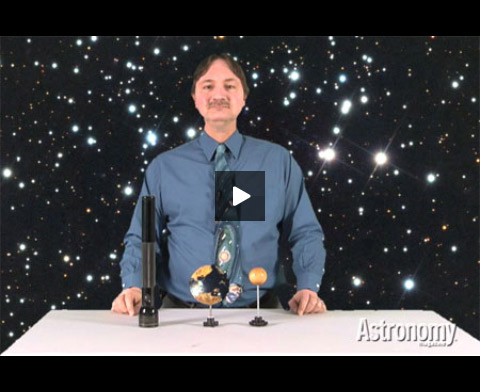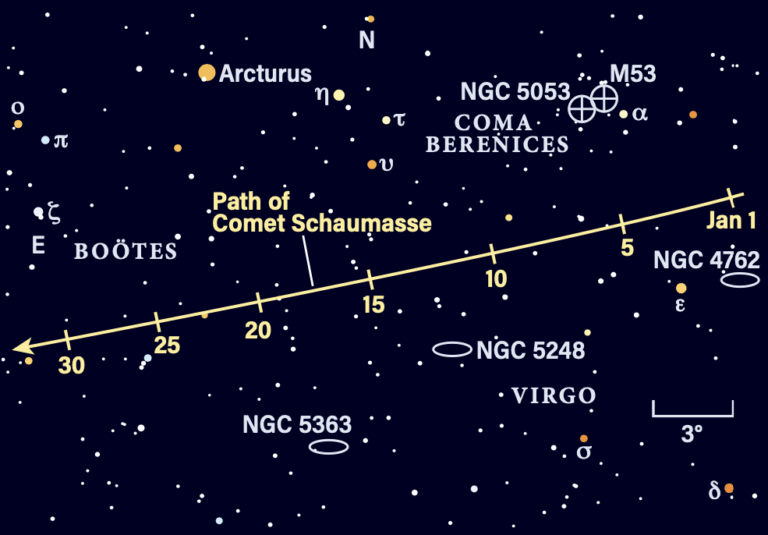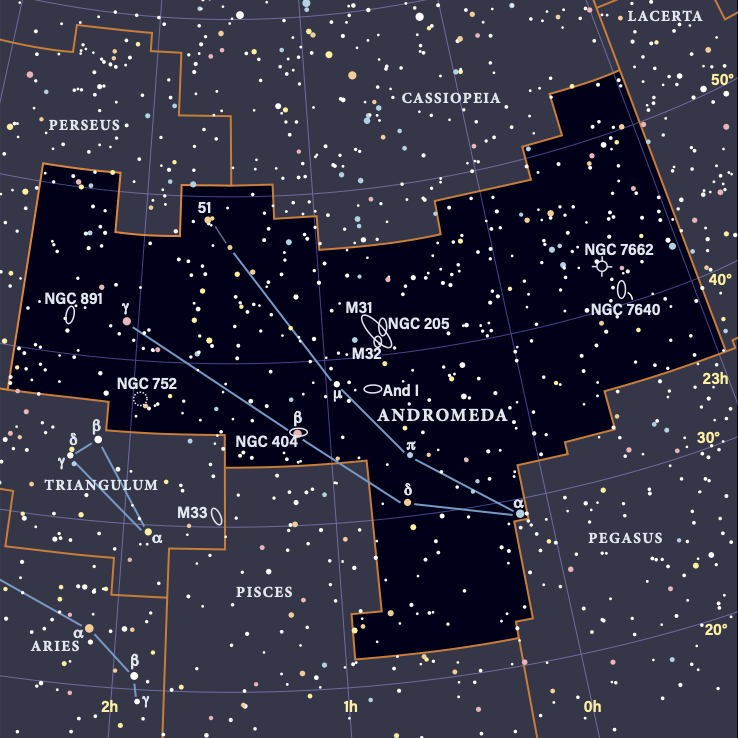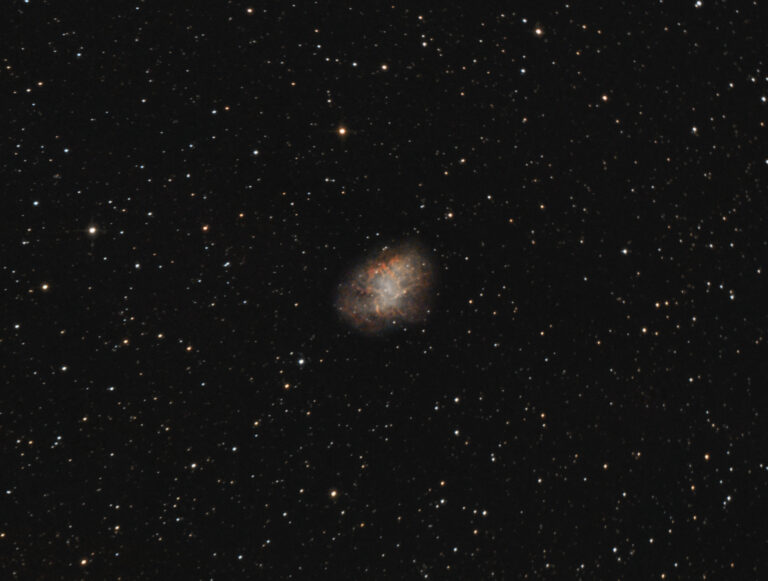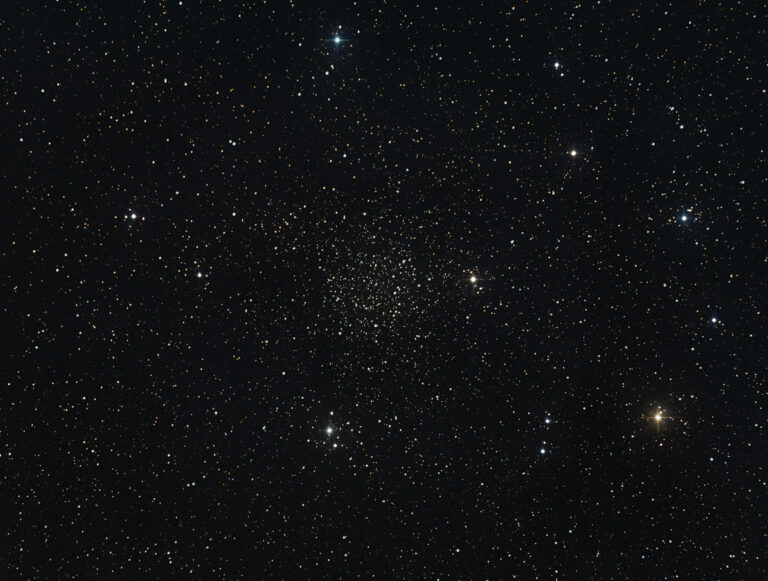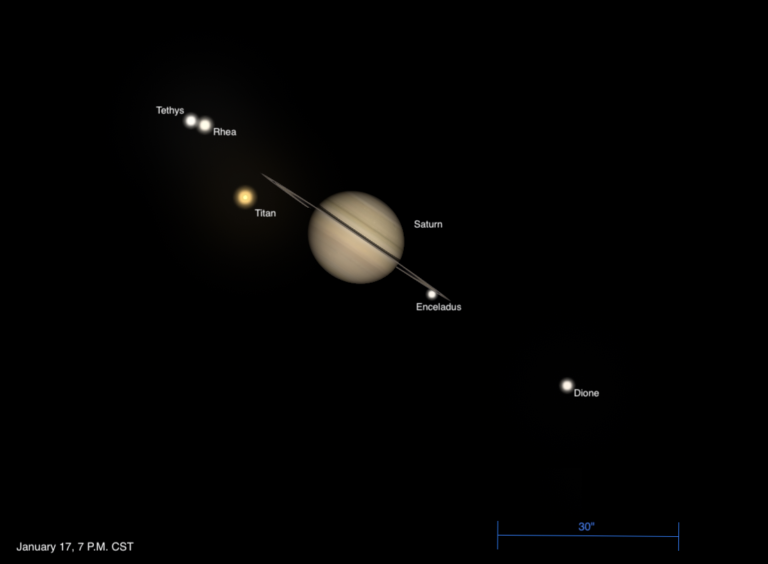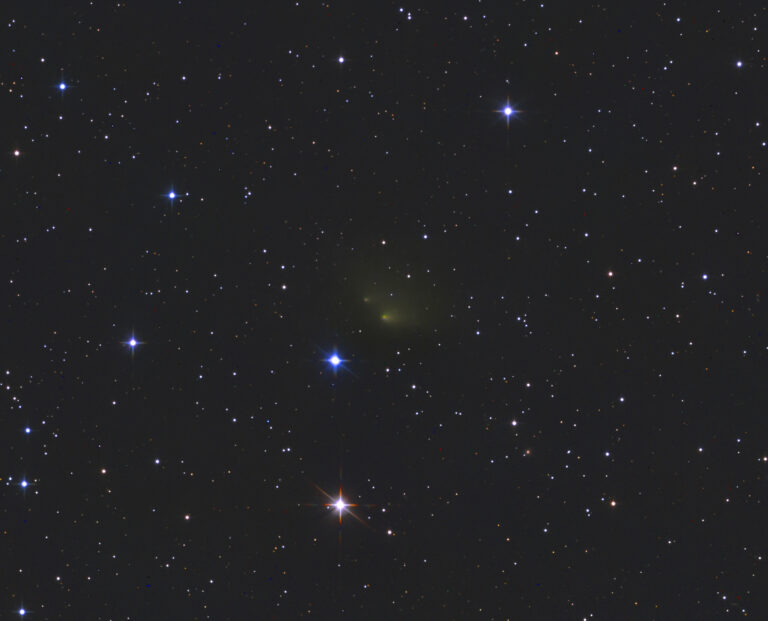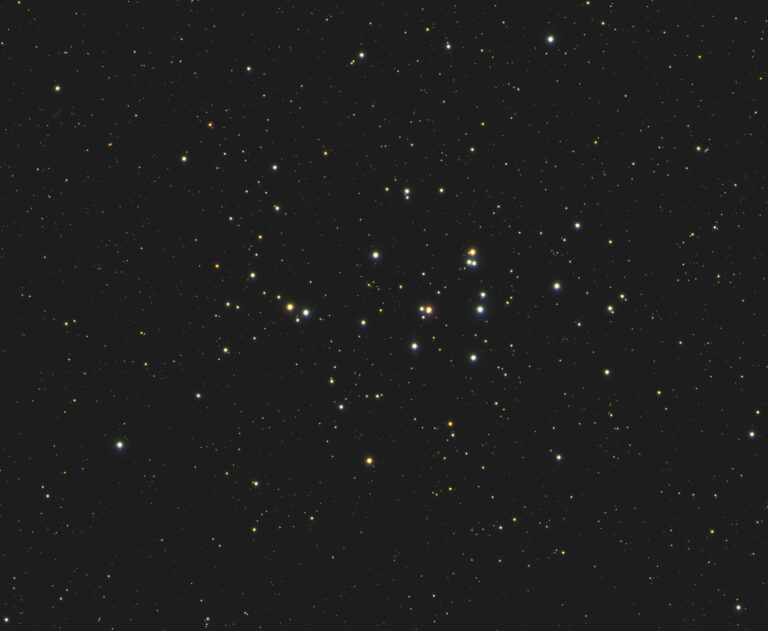On the morning of December 21 (or the night of the 20th for those in the western United States), plan to get out your lawn chairs, binoculars, and low-power eyepieces. And, this year, you’d better add a blanket. The first total lunar eclipse in nearly 3 years is on its way.
This event will thrill viewers across North America and the Pacific. And it takes place just 15 hours before the winter solstice, which places the Moon exceptionally high in the winter sky, near the borders of the constellations Taurus, Gemini, and Orion.
A lunar eclipse occurs when the Moon in its orbit passes into Earth’s shadow. Because the Sun isn’t a point of light, the shadow has two parts — the inner, darker umbra and the outer, lighter penumbra. If the whole Moon enters the umbra, the eclipse is total. If the umbra hides only part of the Moon, the eclipse is partial.
This eclipse’s umbral phase begins at 1:33 a.m. EST December 21 (10:33 p.m. PST on the 20th). As the Moon dips deeper into our planet’s shadow during the next hour or so, darkness gradually overtakes the brilliant orb.
Earth’s shadow takes 68 minutes to envelop the Moon. Totality (when the Moon lies completely within Earth’s umbra) begins at 2:41 a.m. EST.
The Moon won’t disappear, however. Some sunlight passing through Earth’s atmosphere falls on the lunar surface. The cleaner our atmosphere is, the “lighter” the eclipse will be. “Dark” eclipses generally occur after large volcanic eruptions.
What color will the Moon turn at mideclipse? During previous total eclipses, the Moon has appeared brown, orange, crimson, and brick red. Lunar eclipses exhibit a range of shades because sunlight passing through Earth’s atmosphere during totality becomes scattered and reddened. It’s this dim glow that fills Earth’s shadow and lights the eclipsed Moon. The sky certainly will grow darker, allowing the bright winter stars surrounding our nearest celestial neighbor to spring back to prominence.
Totality lasts 72 minutes. During totality, the Moon’s southern edge will appear darker than its northern side. This disparity occurs because the Moon’s southern limb lies closer to the center of Earth’s shadow.
During the first half of totality, as the sky becomes progressively darker, the background stars of Gemini the Twins, Taurus the Bull, and — most impressively — Orion the Hunter will appear. The Moon will lie almost midway between Taurus’ brightest star, ruddy Aldebaran, and the twin bright stars of Gemini, Castor and Pollux.
One-sixth of the way across the sky from the Moon, toward the west, you’ll find the sky’s brightest star cluster, the Pleiades (M45). You can spot that object even before the eclipse begins. Binoculars help.
And if you are using binoculars, center the Moon in your binoculars’ field of view during totality, and try to spot another star cluster at the left edge. That’s M35 in Gemini. Although it shines only 4 percent as brightly as the Pleiades, 7x binoculars should allow you to see it when the Moon lies within Earth’s inner shadow.
After totality ends at 3:53 a.m. EST, it takes the Moon another 68 minutes to leave Earth’s umbra.
Astronomy magazine Contributing Editor Ray Shubinski describes the upcoming eclipse as one that would make a great first-time astronomy event: “A total eclipse of the Moon is a wonderful introduction for someone you think might be interested in astronomy. It’s easy to see without optical aid, it takes a while, so you can discuss what’s happening as you enjoy it, and, because you’re just looking at reflected light, it’s 100-percent safe to observe.”
Weather is the only thing that can disrupt your view. If you miss this total lunar eclipse, observers in Africa, Asia, and Europe get another chance June 15, 2011. Eclipse-watchers in western North America will have to wait 6 months longer, until December 10, 2011. After that, it’s a long wait until April 2014.
- Podcast: “Total lunar eclipse, December 21, 2010,” with Michael E. Bakich, senior editor
- Video: How to observe a lunar eclipse, with Michael E. Bakich, senior editor
- StarDome: Get the Moon’s location in your night sky during the eclipse with our interactive star chart.
- Sign up for our free weekly e-mail newsletter.


